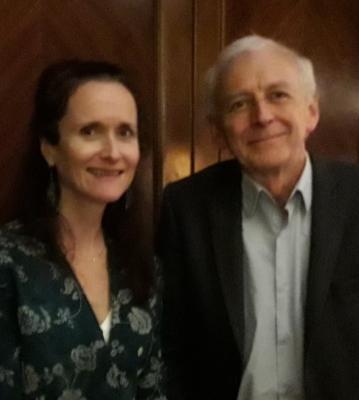Preserving our Cultural Heritage – Challenges and Opportunities

Fenella G. France PhD, MBA, FAIC
Head of Preservation Research and Testing Division, Library of Congress, United States of America
Wednesday, 27 November, 4 p.m.
in the Creative Zone, Boole Library, University College Cork
Admission free
Abstract
The diverse range of materials that exists within cultural heritage leads to challenging issues with preservation – composite materials include paper, parchment, inks, colorants, musical instruments, ceramics, sound recordings – the list is almost endless. Challenges posed by cultural heritage materials are so fraught that objects and documents are often only examined using non-invasive analytical techniques to understand their condition and composition, through a forensic-like approach to recreate history of use, impact of environmental parameters and provenance. Examining the composition of materials and understanding how they were made is critical for preservation, and further complicated by the inherent material issues, use of the item, and the impact of environment or stabilization treatments.
Reference materials that closely replicate original collection materials are important for allowing us to test treatments and better understand how materials degrade and provide new opportunities that allow us to better preserve historic materials. Utilizing multiple analyses captures complementary information to preserve the object, creating huge data-sets that bring with them their own complexity, and the need for data fusion. However, analyzing data from diverse materials leads to exciting new discoveries, new methods of preservation, and helps to assure the future of our most precious historical artifacts. Incunabula and 21st century objects include a range of material types – historic and modern polymers, paper and parchment, glass, metal, wood, ceramics, textiles, and all of the media that have been employed to capture and record our history, from inks and colorants to magnetic tape, wax cylinders and every manner of sound and storage media. And the ongoing challenge: continuing to preserve all these materials for future generations.
A collaboration under the auspices of the Inks and Skins IRC Advanced Laureate Award, Department of Modern Irish UCC

